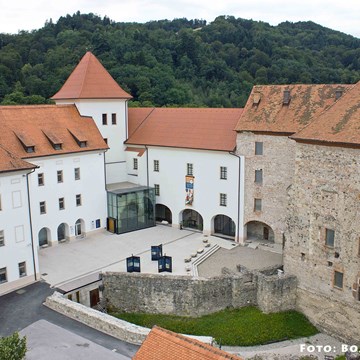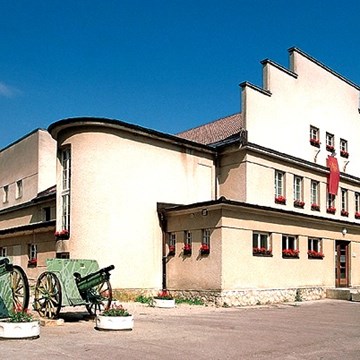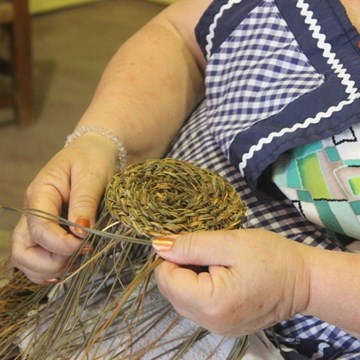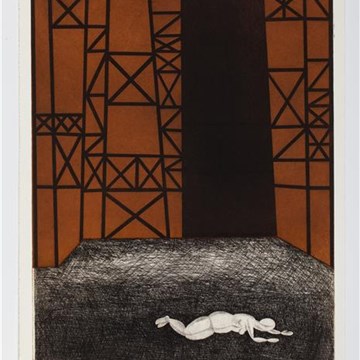The World of Dinosaurs
At the beginning of the 20th century, the Museum für Naturkunde commissioned a palaeontological expedition to what is now Tanzania in Eastern Africa to excavate dinosaur fossils. It was to become the most successful dinosaur excavation of all time. A staggering 250 tonnes of bones were recovered by researchers at Tendaguru Hill and shipped to Berlin, where skeletons were put together again wherever possible. Most dinosaur skeletons exhibited in the hall originate from Tendaguru.
Brachiosaurus brancai
Its height of 13.27 metres makes the Brachiosaurus (Brachiosaurus brancai) skeleton the biggest mounted dinosaur skeleton in the world. Its bones were found during the Tendaguru expedition. The animal lived 150 million years ago, feeding on plants. Researchers are currently investigating which plants and animals lived in the same habitat and what kind of static and physiological challenges such a 50-tonne giant faced.
Exhibitions and events
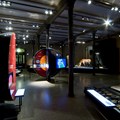
System Earth
Permanent exhibitionEver since its emergence, the Earth has constantly been changing. Life-forms have to adapt, while at the same time they influence the Earth’s systems themselves. The result is a highly dynamic...

The Cosmos and Solar System
Permanent exhibitionHow did the universe and our solar system come into existence? What happens inside a star? How long are Sun and Earth going to exist? The newly refurbished stairwell of the museum takes you on a...
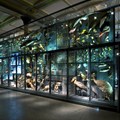
Evolution in Action
Permanent exhibitionIn this hall, evolutionary mechanisms are shown, which are responsible for the look, behaviour and diversity of animals and plants. We explain what living fossils are and why zebras have stripes....
Activities from this museum
We don't have anything to show you here.


